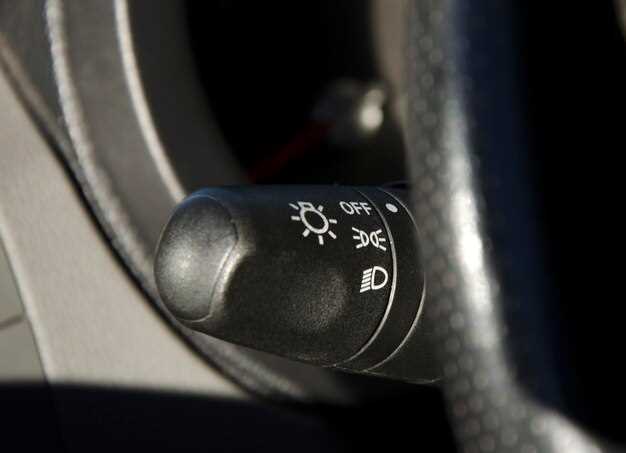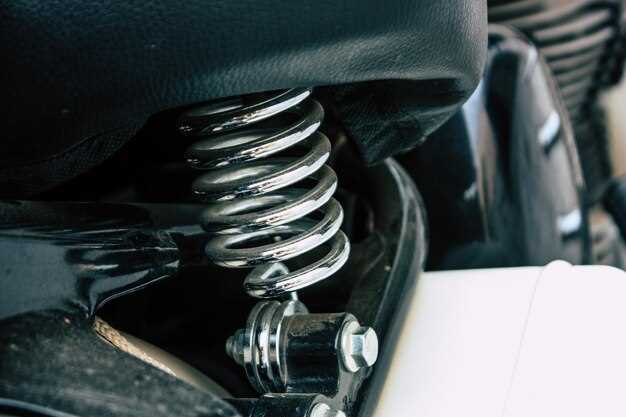
How brake boosters affect stopping power
- Dominique Kaye
- 0
- Posted on

In the realm of automotive engineering, braking systems play a crucial role in ensuring the safety and performance of vehicles. One of the critical components that enhance the effectiveness of brakes is the brake booster. This device amplifies the force applied to the brake pedal, resulting in improved stopping power. Understanding the function and impact of brake boosters on vehicle performance is essential for both manufacturers and consumers alike.
The brake booster operates by utilizing vacuum or hydraulic pressure to provide assistance during the braking process. This added force allows drivers to achieve substantial deceleration with minimal effort, which is particularly beneficial in emergency situations. As vehicle speeds continue to increase, the importance of an effective braking system, aided by a reliable brake booster, becomes even more pronounced.
Furthermore, the relationship between brake boosters and vehicle stopping power extends beyond mere force amplification. It also involves considerations of driver comfort, control, and overall vehicle dynamics. As advancements in technology pave the way for more sophisticated braking systems, the integration of high-performance brake boosters will likely continue to shape the future of automotive safety and efficiency.
Mechanics of Brake Boosters and Their Role in Braking Systems

Brake boosters are essential components of modern braking systems, designed to enhance the efficiency of the braking process. By increasing the force applied by the driver on the brake pedal, these devices significantly improve stopping power without requiring excessive effort from the driver.
The primary mechanism of a brake booster involves the use of vacuum or hydraulic pressure to amplify the driver’s input. In vacuum-assisted brake boosters, the engine generates a vacuum that creates a pressure differential across a diaphragm inside the booster. When the brake pedal is pressed, this differential assists in pushing the master cylinder piston, leading to increased hydraulic pressure in the braking system.
Alternatively, hydraulic brake boosters utilize hydraulic fluid pressure from the vehicle’s power steering system. This system relies on the force generated by the vehicle’s pump, allowing for more consistent brake application compared to traditional vacuum systems. Both types serve to reduce the pedal force needed to achieve effective braking, enhancing driver control and comfort.
The integration of brake boosters into braking systems also contributes to quicker response times. By allowing for a more immediate transfer of force, these systems ensure that the brakes engage with precision. This not only improves stopping distances but also aids in maintaining vehicle stability during emergency braking situations.
Overall, the mechanics of brake boosters play a crucial role in the performance of braking systems, facilitating safe and reliable vehicle operation. Their ability to amplify force from the driver ensures that braking systems can perform effectively in a wide range of driving conditions, highlighting their importance in automotive safety engineering.
Factors Influencing Brake Booster Performance in Different Vehicles

The performance of brake boosters varies significantly across different vehicle types, influenced by several key factors. Understanding these aspects is crucial for enhancing braking efficiency and safety.
1. Vehicle Weight: Heavier vehicles typically require more robust braking systems. The brake booster must generate sufficient power to effectively slow down or stop the vehicle, making weight a critical factor. A vehicle’s mass directly impacts the force exerted by the braking system, necessitating a more powerful brake booster for larger vehicles like trucks.
2. Engine Type and Size: The engine’s vacuum supply plays a pivotal role in the function of brake boosters. Most boosters rely on engine vacuum to assist in braking. Vehicles with smaller engines may produce less vacuum, impacting booster performance. Consequently, vehicles with larger or turbocharged engines generally enjoy enhanced braking capabilities due to more consistent vacuum supply.
3. Brake System Design: The overall design of the brake system, including the type of brake booster and the layout of brake lines, influences performance. For instance, dual diaphragm boosters often provide more power compared to single diaphragm setups, allowing for improved braking responsiveness in performance-oriented vehicles.
4. Road Conditions: Braking efficiency can also be affected by the driving environment. On slippery or uneven surfaces, the effectiveness of brake boosters may diminish, as the wheels could lose traction. This factor necessitates a responsive braking system that can compensate for various conditions, highlighting the importance of adaptive brake booster technologies.
5. Driver Behavior: The way a driver applies the brakes can influence booster performance. Abrupt braking versus gradual pressure can lead to different responses from the braking system. More advanced boosters might adapt to driver behavior, enhancing the overall braking experience.
6. Maintenance and Wear: Regular maintenance of the braking system, including the booster, is essential. Wear and tear on components can lead to decreased vacuum levels and diminished effectiveness. Regular checks can ensure optimal performance of the brake booster, prolonging its life and maintaining reliable stopping power.
Each of these factors plays a crucial role in determining the effectiveness of brake boosters across different vehicles. By taking into account the unique characteristics of the vehicle and its intended use, manufacturers can design more efficient braking systems that enhance safety and performance.
Common Issues with Brake Boosters and Their Effects on Safety
Brake boosters play a crucial role in enhancing the overall effectiveness of a vehicle’s braking system. However, various issues can arise that compromise their performance and, consequently, vehicle safety. Understanding these common problems is essential for maintaining the integrity of a vehicle’s braking capability.
One prevalent issue with brake boosters is vacuum leaks. The brake booster relies on a vacuum source to amplify the force exerted by the driver on the brake pedal. A leak in the vacuum line or the booster itself can lead to inadequate braking power. This results in an increased pedal effort and a delayed response when braking, significantly impairing the vehicle’s stopping ability.
Another concern is the deterioration of the diaphragm within the brake booster. Over time, exposure to heat and contaminants can cause the diaphragm to become brittle or rupture. A damaged diaphragm reduces the booster’s effectiveness, leading to a drop in braking performance and potentially resulting in longer stopping distances, which poses a serious safety risk.
Additionally, a malfunctioning check valve can disrupt the brake booster’s operation. This valve prevents the vacuum from escaping the booster when the brake pedal is released. If the check valve fails, the vehicle may experience a loss of boost, leading to a hard brake pedal feeling. This condition can require the driver to exert significantly more force when braking, increasing the risk of accidents due to reduced response times.
Noise can also be an indicator of problems within the brake booster. Unusual hissing or whistling sounds may suggest internal damage or air leaks. Such noises often indicate that the brake boosting system is not functioning optimally, potentially compromising safety during critical braking scenarios.
Regular inspection and maintenance of the brake booster and associated systems are critical in preventing these issues. Timely identification and repair can ensure the vehicle maintains its stopping power, thereby enhancing overall safety on the road.
